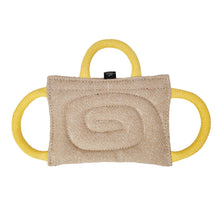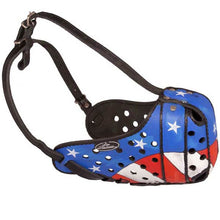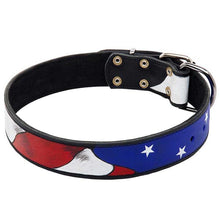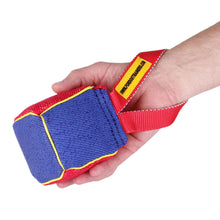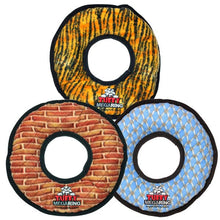The German Shepherd Dog – Working Line VS Show Line
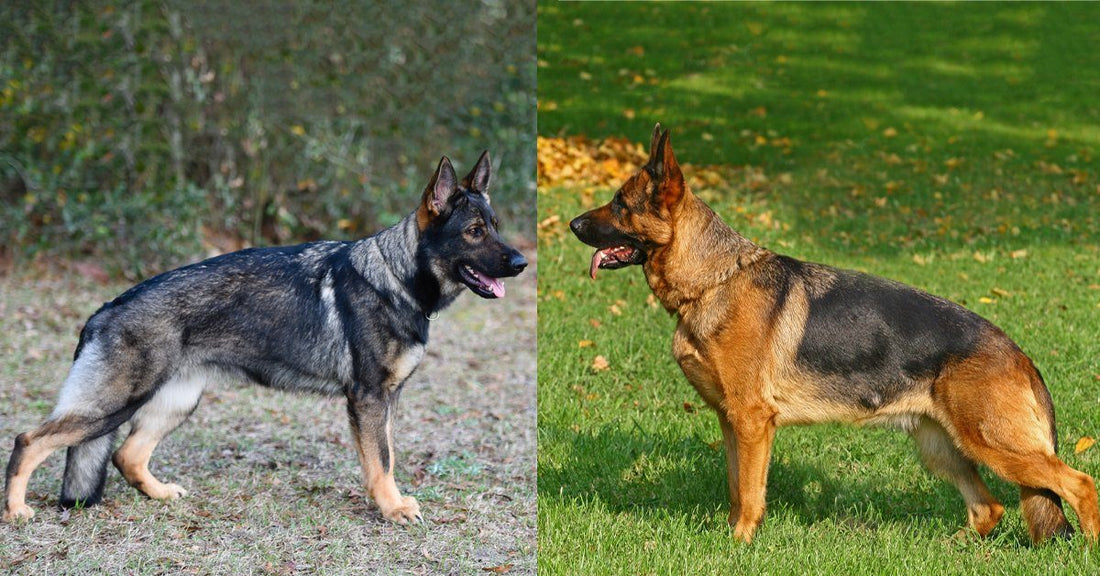
The German Shepherd Dog is one of the most recognized breeds in the world. In the United States, it’s the second most popular dog breed registered by the American Kennel Club. The breed originated in Germany in 1899, and was bred to herd and guard sheep.
Created to work, the German shepherd is intelligent, strong, and athletic. It was intended to be a medium size dog but due to breeding, seeing both medium and large sized dogs is common. The breed standard is 60 – 90 pounds for males and 50 – 75 pounds for females.
Since German shepherds are so intelligent, they are notably easy to train and enjoy an active lifestyle. They do well at both work and in active family homes. They are often seen working alongside law enforcement and the military. They excel in protection, drug and explosives detection, search and rescue, and as service dogs.
They also enjoy training, obedience, dog sports, and hanging out with their owners. They have tons of energy and as family pets, love to play, run, hike, go on walks, do jobs around the house, and protect their families.
German shepherds have also been known as Alastians. During the world war, they began calling them the Alsatian, after the German French border area of Alsace-Lorraine. In 1977, breeders campaigned to change the name of the breed back to German Shepherd Dog.
Today, there are two common lines of German shepherd dogs – the working line and the show line. All German shepherds originated from the original German line but over the years have developed into two distinct types of dogs differing in appearance and temperament due to breeding.
Physical Appearance
The working line has a straight back, compact body, and powerful muscles and is built for stamina and endurance.

The show line has a sloped/roached back, broader body, angled hindquarters, and possibly weaker hips.

Temperament
The working line is very high energy, high drive, fearless, has a strong work ethic, extremely intelligent, confident in all they do, and have nerves of steel so they do not back down to threats.

The show line is lower energy, less intense, very smart, and friendlier.

Coats
The coat of the working line is often seen in sable and their coats are shorter and coarse, although there are long coat working line German shepherds.

The show line is most often seen in the classic tan and black or red and black saddle or blanket.

Health
The working line German shepherd is more rugged and typically healthier and less prone to hip and elbow dysplasia.

The show line is bred for appearance and more prone to hip and elbow problems due to their sloped backs and shorter hind legs.

As Family Pets
Working line German shepherds are very loyal and make devoted family pets when their mental and physical needs can be met. They are loving and companionable but are very high energy and require lots of exercise, training, socialization, and must be able to expend their abundance of energy in positive outlets. They usually require experienced working dog handlers.

The show line German shepherd is a much calmer and a more easy-going family pet. They are loving and loyal dogs that are very smart and highly trainable. They also require plenty of exercise and lots of mental stimulation to thrive.

Protective
Working line German shepherds have an incredible work ethic, are very alert, vigilant, and that means they have a strong desire to protect their family and they consider that part of their job.

Show line German shepherds are naturally protective yet calmer, which can make them less intense and easier to handle.

Types
Working line German shepherds come in three main types, the West German working line, East German working line (DDR), and Czech working line.

The show line German shepherds come in the American show line, Canadian show line, and West German show line.

Summary
Knowing which German shepherd is right for your family includes understanding the breed. Shelters and rescues are full of German shepherds acquired by well-meaning owners who didn’t realize how much time and attention goes into owning one of these magnificent dogs.
When purchasing or rescuing a German shepherd, it’s important to be honest about how much time you have to devote to their need for exercise and training. Since German shepherds are so energetic, smart, and loyal, they need to be included in family activities and do best when close to their owners. When left to their own devices, they can easily become anxious and destructive.
There is no more loyal, smart, and companionable dog than the German shepherd and when bringing one home, by taking the time to understand the line as well as their heritage will help you choose your new best friend wisely.
Please feel free to share this helpful article with your friends.
You may also like: Different Types Of German Shepherds, Which Is Right For You?









